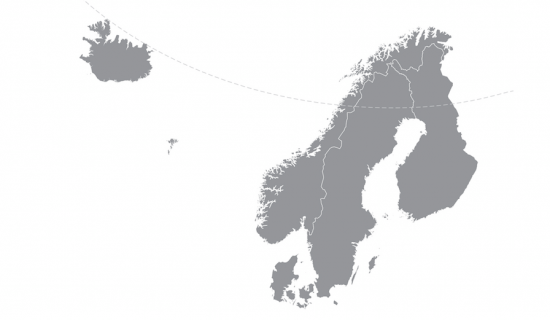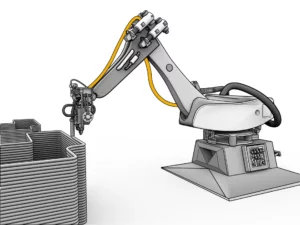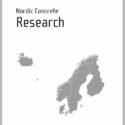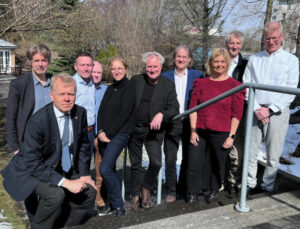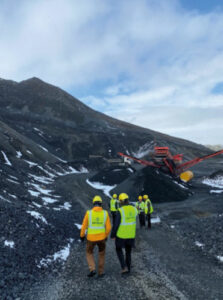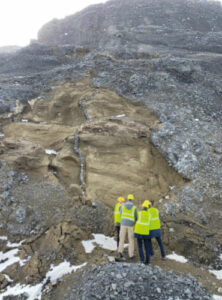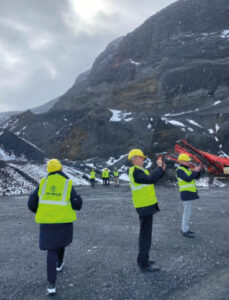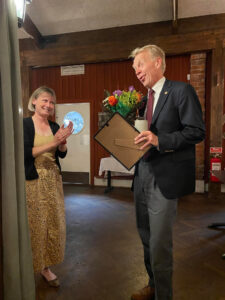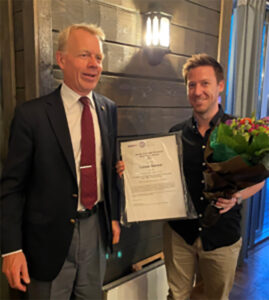The NCF board with representatives from all the five Nordic countries met in Reykjavik April 28th for the annual NCF board meeting.
Thank you to Børge Johannes Wigum for making all the arrangements and to Iceland Concrete Association and Hornsteinn for excellent hosting!
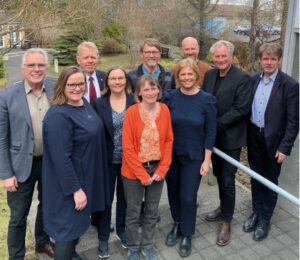
The NCF Board: In front: Þorbjörg Hólmgeirsdóttir, Mirva Vuori, Marianne Tange Hasholt (Chair), Cecilie Hagby, Børge Johannes Wigum, Terje Rønning (Special advisor). In back: Richard McCarthy, Johan Silwferbrandt (Chair of the RCNCF), Markku Leivo and Anders Haumann. Not present: Berit Gudding Petersen and Henrik Vinell
Photo: Hornsteinn
The board was represented by these delegates:
Danish Concrete Association:
Marianne Tange Hasholt
Anders Haumann
Norwegian Concrete Association:
Cecilie Hagby, Managing Director/ Treasurer NCF
Berit Gudding Petersen, Chair
Finnish Concrete Association:
Mirva Vuori, Managing Director
Markku Leivo, Chair
Swedish Concrete Association:
Richard McCarthy, Managing Director
Henrik Vinell, Chair
Icelandic Concrete Association:
Þorbjörg Hólmgeirsdóttir, Managing Director
Børge Johannes Wigum, Chair/Chair NCF 2021/22
The board had fruitful discussions on collaborative projects such as webinars, workshops and national competence requrements. The board also discussed the NCR Journal and aspects regarding Index Factor and how to promote the journal and make it even more prefered and known. The access to dedicated and competente reviewers is an important asset. The board expressed a great thank you to Johan Siwferbrandt for editing the journal and for keeping and renewing the list of reviewers. The NCR Journal is issued in June and in December with 6 to 9 articles per issue.
The NCF board decided on venue and dates for the next Nordic Concrete Research Symposium.
The symposium will be hosted by the Norwegian Concrete Association in Sandefjord August 19th – 22nd 2025.

